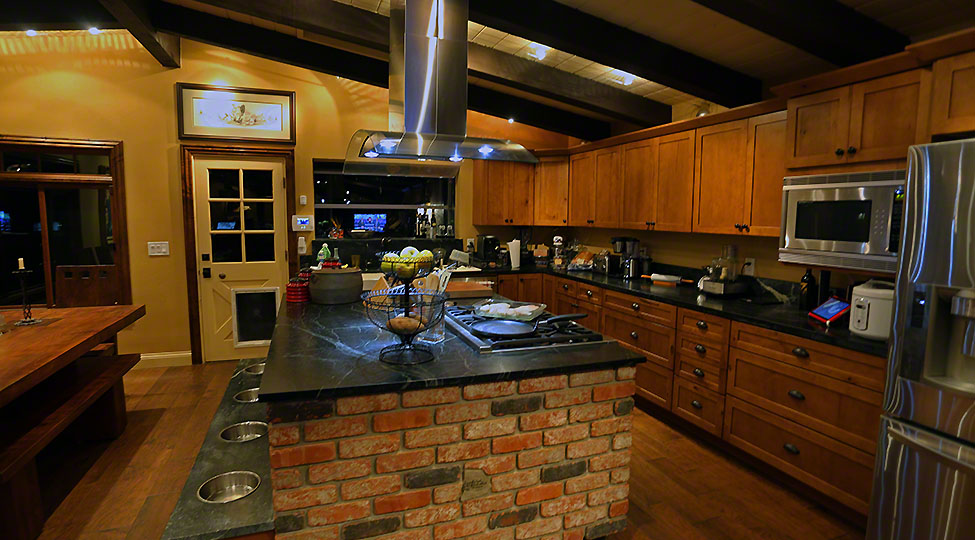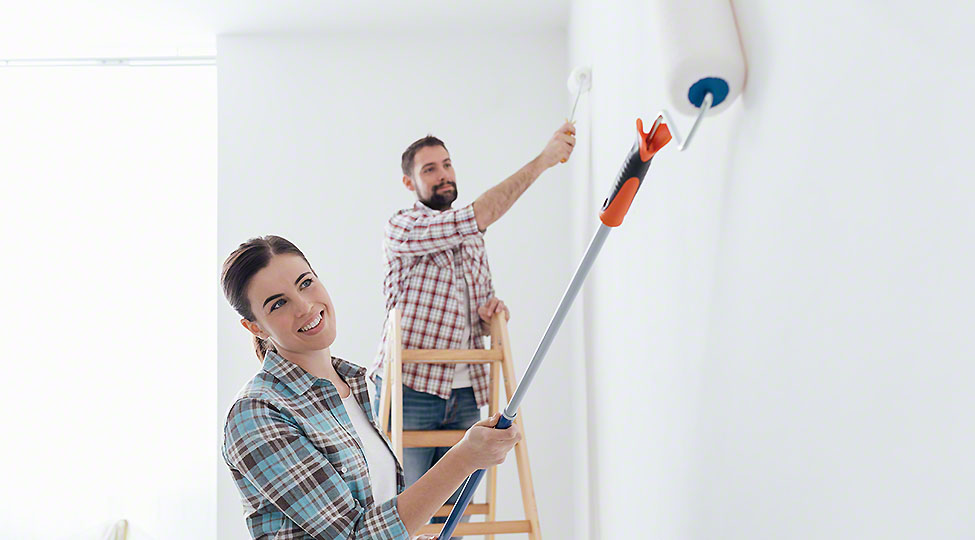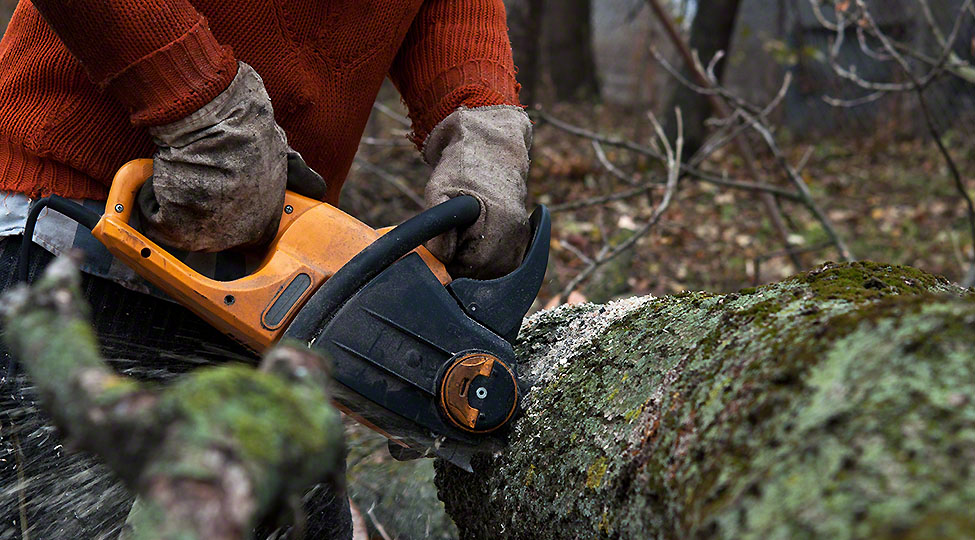Quartz is a popular countertop material that is considered more durable the granite. It’s strong and stain-resistant due to its non-porous nature. Given that quartz is an in-demand material for kitchen countertops, there are many fake quartz countertops floating in the market as well. When looking for quartz countertops, you should buy genuine quartz and avoid its fake counterparts because fake quartz will wear quickly and you’ll need a replacement soon.
You can perform the below tests on a sample quartz to determine whether it’s real or fake.
Drawing Lines On The Quartz Sample
If you have seen different quartz countertops and have one installed in your home, chances are you’ll spot real quartz from fake easily by closely looking at the surface of the material.
The surface of quartz countertops is smooth and stain-resistant. This means you can wipe spills and marks off the countertop comparatively easily.
So, to tell if the quartz is real or fake, take a marker and draw some lines or anything on the slab or sample. Try to erase the lines by rubbing your hand on them or by using a cloth. The lines on real quartz will be wiped easily, but the lines on fake quartz won’t be cleaned properly.
Scratch Test
You can scratch the surface of the quartz sample to identify whether it’s real or fake quartz. Keep in mind that genuine quartz has a hardness of 7 degrees. Any surface that has this degree of hardness is difficult to scratch. You can call it a scratch-resistant surface. This is due to the fact that real quartz is made with 94% quartz and 6% resin. The percentage may differ for some manufacturers.
On the other hand, fake quartz is mixed with marble powder and resin. This weakens its durability and scratch resistance. The hardness of fake quartz is 4 to 6 degrees depending on the manufacturer.
So, use a knife to scratch the quartz slab or sample. You won’t feel much effect of the knife on the quartz if it’s genuine. If anything, you’ll see a black trace line on the quartz slab because the knife didn’t cut the surface and the black line is due to friction only. However, if it’s fake quartz, you’ll find a white trace line on the countertop surface. It shows that the quartz is exposed and it will get damaged quickly.
Burn Test
Quartz is heat resistant up to 300 degrees Fahrenheit. So, heat below this temperature won’t affect it. There won’t be any stain or crack. On the other hand, fake quartz is made of resin that can’t stand high temperatures. Even a temperature under 300 degrees Fahrenheit can stain, crack, deform, or even melt down the slab.
When performing this test, make sure you have a quartz sample and not a big slab of quartz. Then, take a lighter and use its flame to test the quartz sample.
Acid Test
Fake quartz has calcium carbonate and it reacts quickly with white vinegar. So, to test if the sample of quartz you’re holding in your hand is genuine or fake put white vinegar on it. In the event that you see bubbles form on the surface, it’s fake quartz. This happens due to the reaction of calcium carbonate in the fake quartz with white vinegar.
Cost Of The Quartz Slab
An easy way to determine if a quartz slab is real or fake is the cost as well. When selecting a quartz slab for your countertop, go to a trusted contractor or check out the prices with multiple stores or contractors. You’ll find various qualities of quartz with different price tags. Consider the lowest-cost quartz to be fake and the highest-cost quartz to be the best-quality quartz.
Keep in mind that only using the cost to determine fake or real quartz won’t be beneficial if the store is selling fake quartz at the price of high-quality quartz.
Conclusion
You should ensure that the quartz countertop you’re buying is genuine by asking for a sample first and performing the mentioned tests on it. To avoid fraudsters, go to a quartz countertops dealer Potomac you can trust or go to multiple dealers before selecting any quartz slab.



